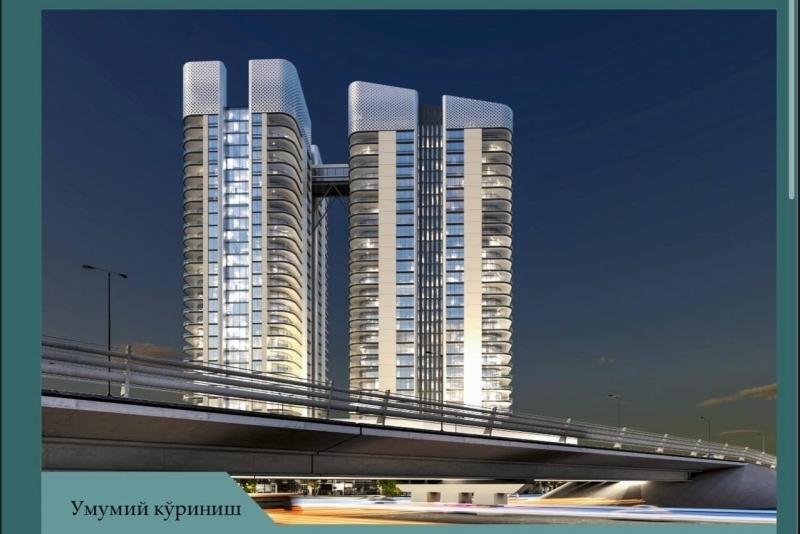Controversy over the relocation of Babur Statue in Andijan
Review
−
19 November 2024 20032 4 minutes
In Andijan, discussions about relocating the statue of Zahiriddin Muhammad Babur and replacing it with a modern structure have sparked significant public outcry. The proposed move would involve demolishing state-protected cultural heritage sites, raising concerns about the preservation of Uzbekistan’s historical and cultural identity.
According to information QALAMPIR.UZ has, a draft resolution titled "On Measures to Further Improve the Socio-Economic Development and Business Environment of Andijan Region" that proposes relocating the Babur statue to Registon Square in Andijan’s Old City. This would free up 1.2 hectares of land for a multi-story residential complex project with a reported investment of $90 million.
The Babur statue, installed in 1993 and listed as state property under the National Register of Tangible Cultural Heritage, stands on Amir Temur Street in Andijan. Despite its protected status, the draft proposal suggests replacing the square with a commercial complex featuring a shopping mall, entertainment centers, and modern office buildings.
The Andijan regional administration has defended the plan, citing public demand for infrastructure improvements. According to their statement, the construction of a new overpass in the area has made the current location of the Babur statue unsuitable, as it will become partially obscured by the bridge.

“This topic was discussed with representatives of the Scientific Council, Babur scholars, and respected elders of Andijan,” stated the administration. “The statue will be moved to Registon Square, a historic site reflecting Uzbek heritage, to honor Babur’s memory. A new, enriched square will be built there, while the old square will give way to modern developments.”
The administration also denied rumors of residential complexes being planned for the site, asserting that only commercial infrastructure is intended.
However, the Cultural Heritage Agency of Uzbekistan has expressed reservations about the relocation. An official stated that the agency has not been consulted on the project, despite its legal mandate to oversee such matters.
“Before relocating a state-protected statue, input must be sought from the Academy of Sciences, the Ministry of Culture, and the Scientific-Expert Council under the Cultural Heritage Agency,” the official noted. “So far, no formal approval process has been initiated.”
Similarly, Rustamjon Mamasoliev, deputy chairman of the Babur International Community Foundation, revealed that he was unaware of any discussions about the relocation.
“Our organization was not involved in the decision-making process,” said Mamasoliev. “While the current location under the bridge may be unsuitable, any relocation must involve consultation with relevant stakeholders.”
The controversy extends beyond the Babur statue. Plans to replace the historic Alisher Navoi Park with a massive commercial and residential complex have also drawn criticism. Established in 1930, the park is another state-protected property.
The draft proposal outlines the construction of a business center and 26 high-rise residential buildings, including seven towers exceeding 28 floors, on the park’s 10.7-hectare grounds.
Critics have questioned the motives behind these redevelopment projects, with many accusing local officials of prioritizing private investment over cultural preservation. Governor Shuhrat Abdurahmanov, who has led the region since 2013, has faced allegations of mismanagement and ignoring public sentiment.
Abdurahmanov, known for extravagant expenditures on events and infrastructure, has been criticized for his dismissive attitude toward journalists and public concerns. Critics argue that his administration’s focus on large-scale developments undermines the cultural and historical fabric of Andijan.
The relocation of the Babur statue and the redevelopment of Alisher Navoi Park highlights the tension between modernization and heritage preservation in Uzbekistan. While the projects may bring economic opportunities, they also risk erasing significant cultural landmarks, leaving many to question whether the gains are worth the loss.
Live
All24 December
O'zbekistonliklarning buyragini olib sotgan ukrainalik ayol Markaziy Osiyoga topshirildi
24 December




